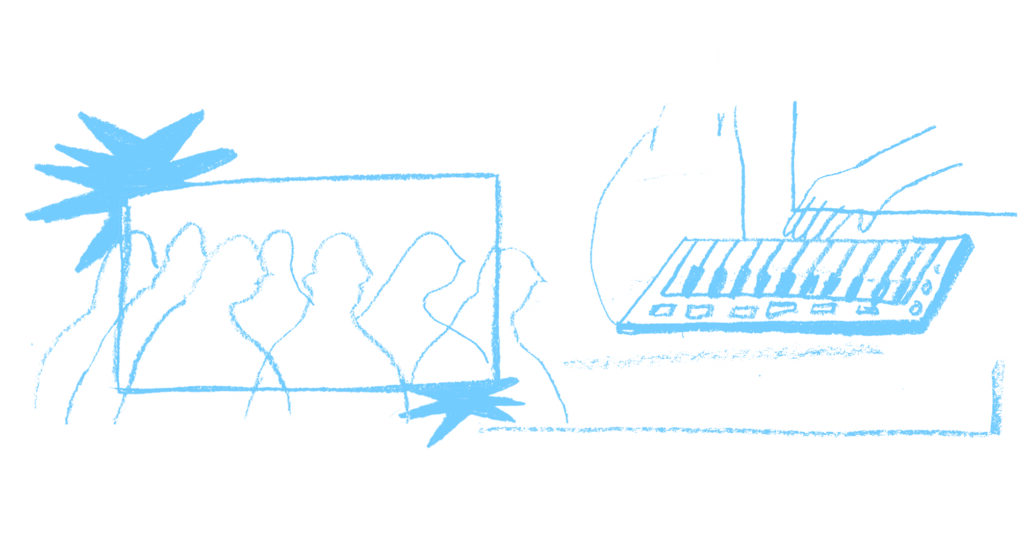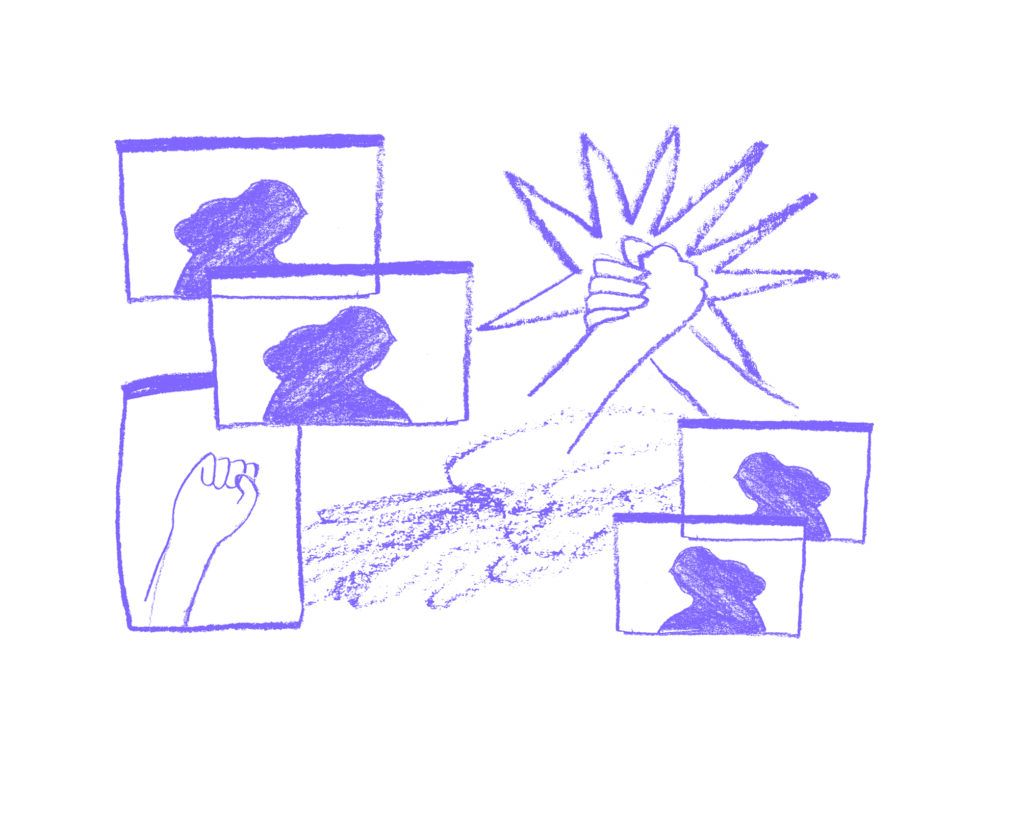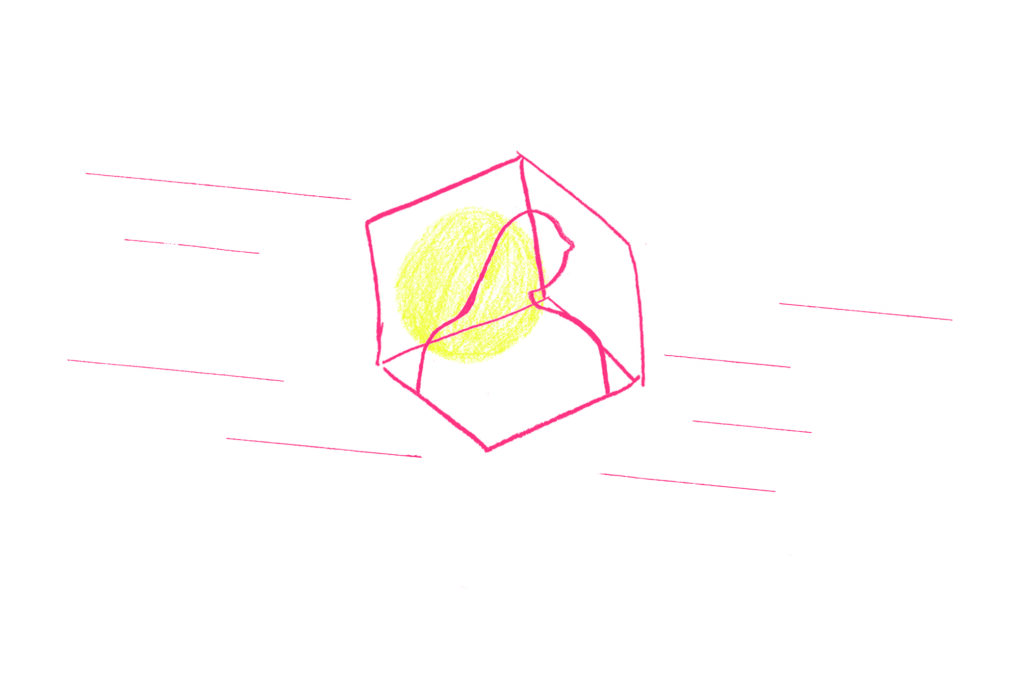Nº 2: O futuro da cultura é o futuro do ao vivo (mas não só)
Anunciaram o fim dos encontros nas ruas, nos bares, nas salas de concertos, nos teatros, nos museus. O ao vivo metamorfoseou-se, digitalizou-se. O encontro com as pessoas e com a cultura virou-se para os ecrãs. Estranhou-se e, até certo ponto, entranhou-se. Há muito que o digital é destino inevitável, mas agora que se tornou paragem obrigatória, será mesmo por aqui o futuro?
No segundo número da revista MIL pensamos a transformação digital, analisamos os seus vários prós e contras e quebra-cabeças. Olhamos para a inevitabilidade do hibridismo entre o presencial e o online.
Questionamos quem detém o espaço digital e quem está a tentar democratizá-lo nesta era do capitalismo informacional, num momento-chave em que se assiste à (geo)politização da tecnologia. Propomos começar de novo aquilo que parece já não ter solução: o streaming. Reflectimos sobre como tornar a indústria musical num terreno mais justo para os trabalhadores e como estabelecer novos diálogos entre a academia e as artes, sem esquecer as pontes com o digital. Mostramos como o espaço virtual é terreno fértil para a violência (racial, de género, de classe), para a reprodução de desigualdades, para o surgimento de forças populistas. Mas, ao mesmo tempo, procuramos as comunidades e artistas que estão em contramão: na internet, sim, mas também nas ruas, nos bairros, em projectos que fazem cidade, em parcerias como a de Jota Mombaça e Aicy Ray que, através do afrofuturismo, nos apresentam tecnocorpos onde o ancestral e a ficção visionária se misturam.
O avanço do digital veio para ficar. Neste momento, temos mais perguntas do que respostas, mas recuperemos as ligações ao vivo. Aquelas com toque, cheiro, com pessoas em cima de um palco e junto dele. Há um sentimento vital de pertença, proximidade e congregação que não se replica noutro lugar, venha o digital que vier.
Nº 2: The future of culture is the future of live (but not only)
They announced gatherings were over in the streets, at the bars, music venues, theatres,
museums. Live itself was transformed, digitalised. Meetings with other people and with culture turned to the screens. It was weird until, to some point, bowed in. Digital has long been an inevitable destination, but now that it became a mandatory stop, is this really the future?
In MIL magazine’s second issue, we think about digital transformation, analyse its many pros, cons and conundrums. We look at the inevitable in-person and online hybridity. We question who owns digital and who’s trying to democratise it in the so-called era of information capitalism, in such a pivotal moment where we are witnessing technology being (geo)politicised.
We propose starting from scratch what seems to have no solution at all: streaming. We reflect on how to make the music industry a fairer space for its workers and how to establish new dialogues between the academia and the arts, not forgetting the bridges with digital. We show how virtual space is fertile ground for violence (towards race, gender and class), for the reproduction of inequalities and the rise of populism. But we look at the communities and artists that are going against the tide: online, of course, but also on the streets, in the neighbourhoods, in projects that make cities, in collaborations such as the one between Jota Mombaça and Aicy Ray that, through afrofuturism, show us technobodies where the ancestral is mixed with visionary fiction.
The breakthrough of digital has come to stay. Right now, we have more questions than answers, but let’s win back live connections. Those that come with touch and smell, with people on top of a stage and near them. There’s a vital feeling of belonging, togetherness and congregation that can’t be reproduced anywhere else, no matter how digital it gets.








